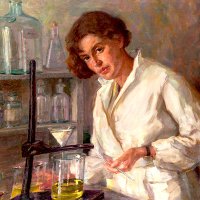
History of Chemistry
@historychem
Historical and philosophical episodes in the History of Chemistry /
Account managed by @Carlos_Lugoo
ID: 1282939822345089024
14-07-2020 07:27:52
148 Tweet
2,2K Takipçi
240 Takip Edilen










@historychem
Historical and philosophical episodes in the History of Chemistry /
Account managed by @Carlos_Lugoo
ID: 1282939822345089024
14-07-2020 07:27:52
148 Tweet
2,2K Takipçi
240 Takip Edilen








